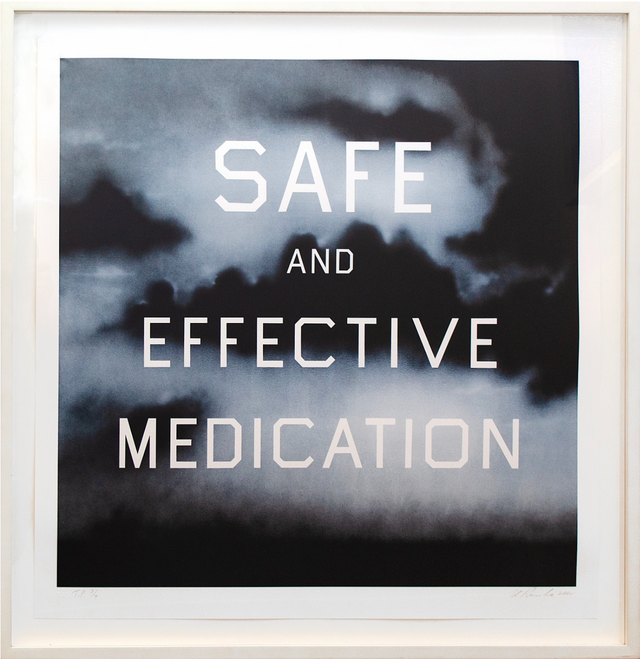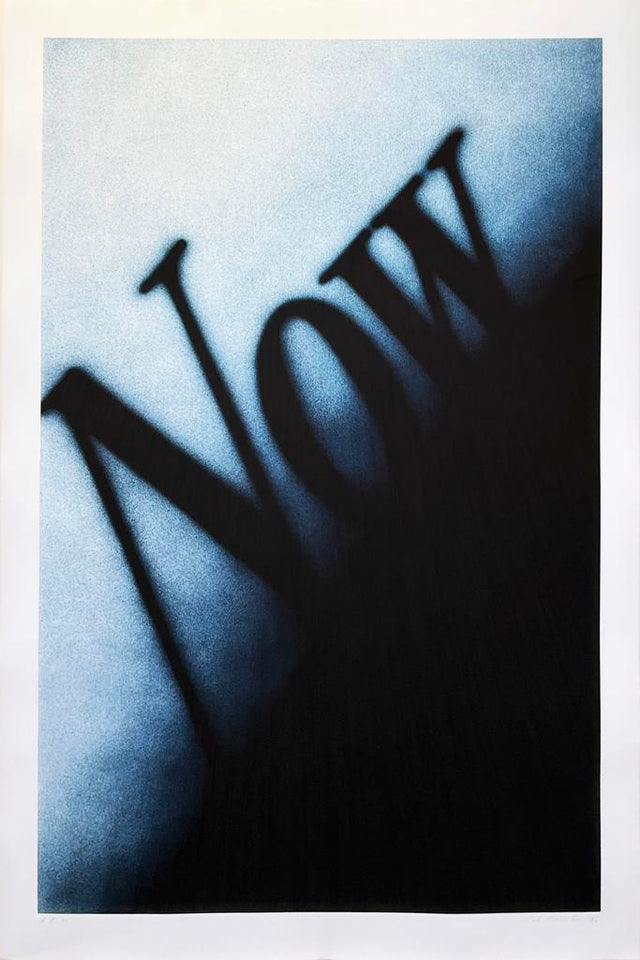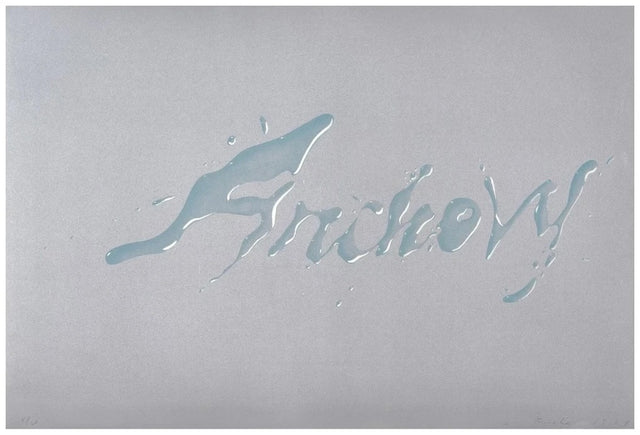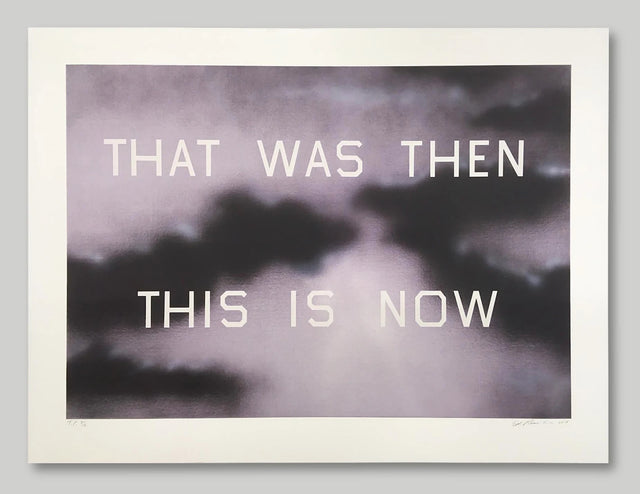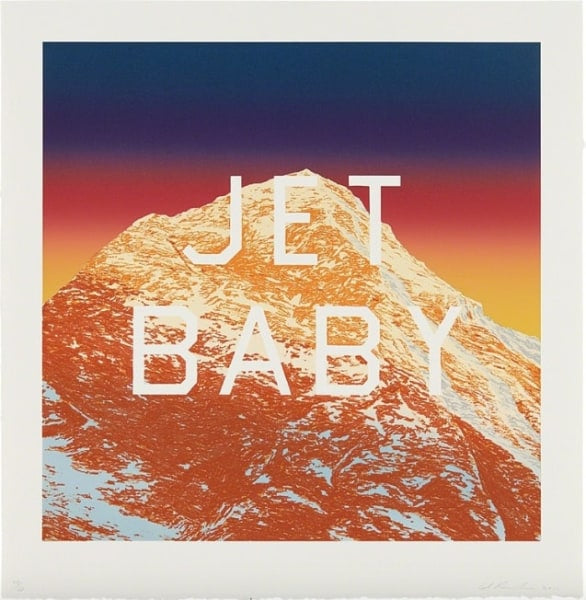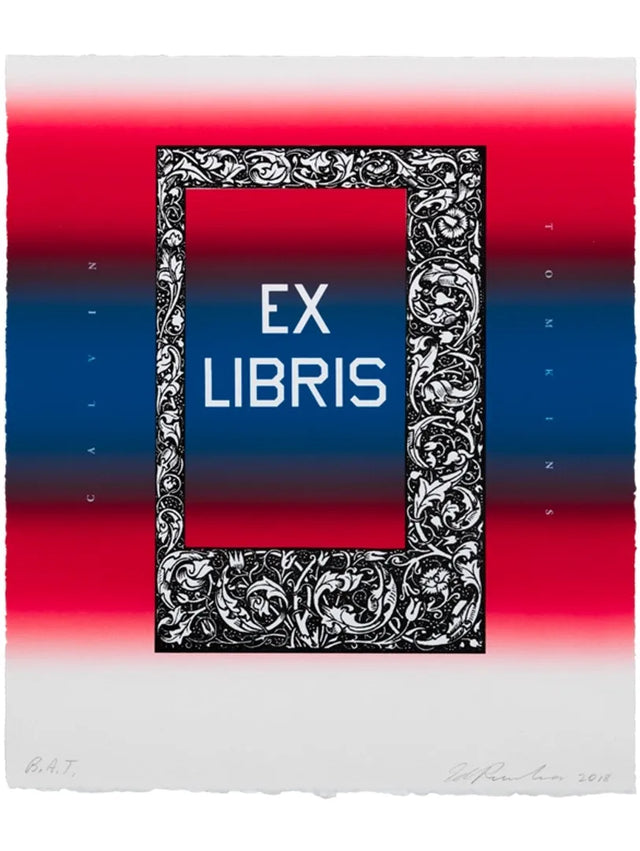7 products
Ed Ruscha
Leading Pop artist James Rosenquist—who came to prominence among New York School figures like Roy Lichtenstein, Jasper Johns, Robert Rauschenberg, and Willem de Kooning—is well known for his large-scale, fragmented works that bring the visual language of commercial painting onto canvas (notably, from 1957-60, Rosenquist earned his living as a billboard painter). In his use of mass-produced goods and vernacular culture rendered in an anonymous style, Rosenquist's work recalls that of Andy Warhol, while his seemingly irrational, mysterious pictorial combinations owe a debt to Surrealism.
Works by James Rosenquist are found in major private and public collections, including the Art Institute of Chicago; the Deutsche Guggenheim Berlin; the Guggenheim Museum Bilbao; the Hara Museum of Contemporary Art, Tokyo; the Hirshhorn Museum and Sculpture Garden, Smithsonian Institution; The Metropolitan Museum of Art, New York; the Musée National d'Art Moderne, Centre Georges Pompidou, Paris; the Museo Thyssen-Bornemisza, Madrid; the Museum Ludwig, Cologne; The Museum of Contemporary Art, Los Angeles; The Museum of Modern Art, New York; the San Francisco Museum of Modern Art; the Stedelijk Museum, Amsterdam; Tate Gallery, London; the Walker Art Center, Minneapolis; and the Whitney Museum of American Art, New York.


